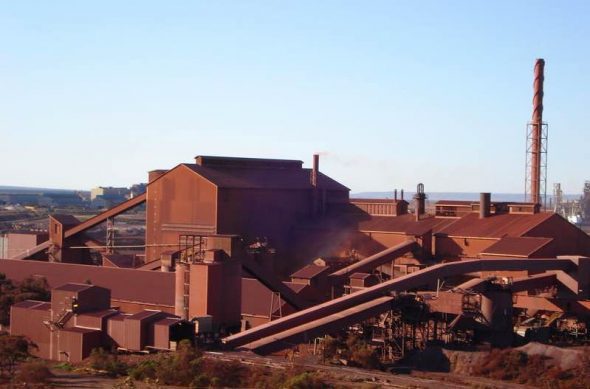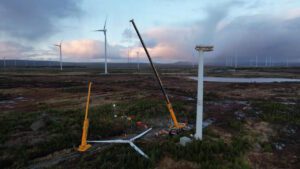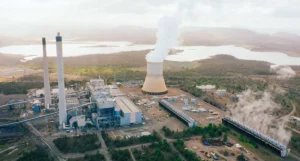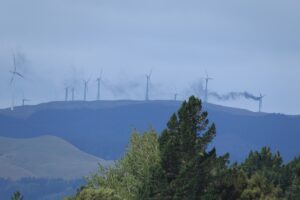Sanjeev Gupta, the flamboyant Indian-born and British based billionaire who has agreed to buy the ailing steel producer Arrium, has promised to turn the ageing Whyalla steel plant “green” by sourcing electricity from renewables and pumped hydro.
Gupta’s GFG Alliance won a bidding contest for Arrium over a rival offer from South Korea, and sees a complete review of the steel plant’s energy needs as key to making the plant viable and making a return on investment.
Chief among the ideas is to better exploit “co-generation” – using excess heat to generate electricity, and using wind and solar power, as well as pumped hydro to guarantee a regular supply and to overcome, or even profit from, the costly price spikes when demand peaks.
Gupta says the company is looking to invest in wind and solar projects, upgrade the steel plant’s co-generation capabilities, and also look at pumped hydro opportunities using old mine pits.
“One of the great opportunities for Whyalla in particular is pumped storage. The mine pits that are now empty can be used to store water, and that water can then be used to generate energy when there is a lack of energy,” Gupta told ABC radio’s AM program.
“Whyalla is not short of energy …. it is at the moment but it should not be. All you need to do is upgrade the co-generation plant there and there will be a surplus in power.”
A recent study by the ANU identified 186 potential sites for pumped hydro storage in South Australia, including some in the Whyalla region. It noted that only about 400 hectares of reservoir is required to support a 100 per cent renewable energy grid for South Australia.
EnergyAustralia is currently undertaking a feasibility study into one pumped hydro facility near Port Augusta.
Gupta also flagged that his company’s energy division. Simec Energy, was looking at making direct investments in renewable energy in Australia. It already has a 1GW portfolio in the UK alone, and is looking at expanding that overseas.
Daniel Walton, the national secretary of the Australian Workers Union, which as a creditor has been involved in the negotiations, says he expects GFG to build its own power plant to make the steel operations “viable”.
“The discussions we have had suggest there will be additional power generation …. using renewable energy to power the operation,” he told ABC’s Radio National program.
Indeed, it is becoming increasingly obvious to small and large manufacturers that renewable energy offers the best path to deal with the sky-rocketing electricity bills caused by the bidding practices of the major fossil fuel generators, which have seen wholesale prices more than double in the past year.
Sun Metals, a South Korean zinc refiner with a major operation in Townsville, is building a 116MW solar farm to reduce costs and underpin a refinery expansion, as well as leading a push to change the rules to curb the bidding practices of the big generators and encourage battery storage.
Nectar Farms is going 100 per cent renewable with wind energy and battery storage at its proposed vegetable glass-house in western Victoria, which will be Australia’s biggest glasshouse and will represent a combined $560 million investment and 1,300 jobs.
It had begun to think about taking the plans overseas due to the soaring cost of grid power and gas, but changed its mind when it realised that wind and storage could provide significant savings in power costs.
Telstra is also building a 70MW solar farm in Queensland and has signalled many more to deal with its large energy costs, while a garnet mine in Western Australia is turning to wind, solar and storage to provide 70 per cent of its needs, and eventually 100 per cent, to overcome regular power outages and soaring grid prices.
Meanwhile, many smaller manufacturers and businesses are looking to rooftop solar to offset their soaring grid prices, underpinning a major boost in commercial scale solar to record levels across the country.








